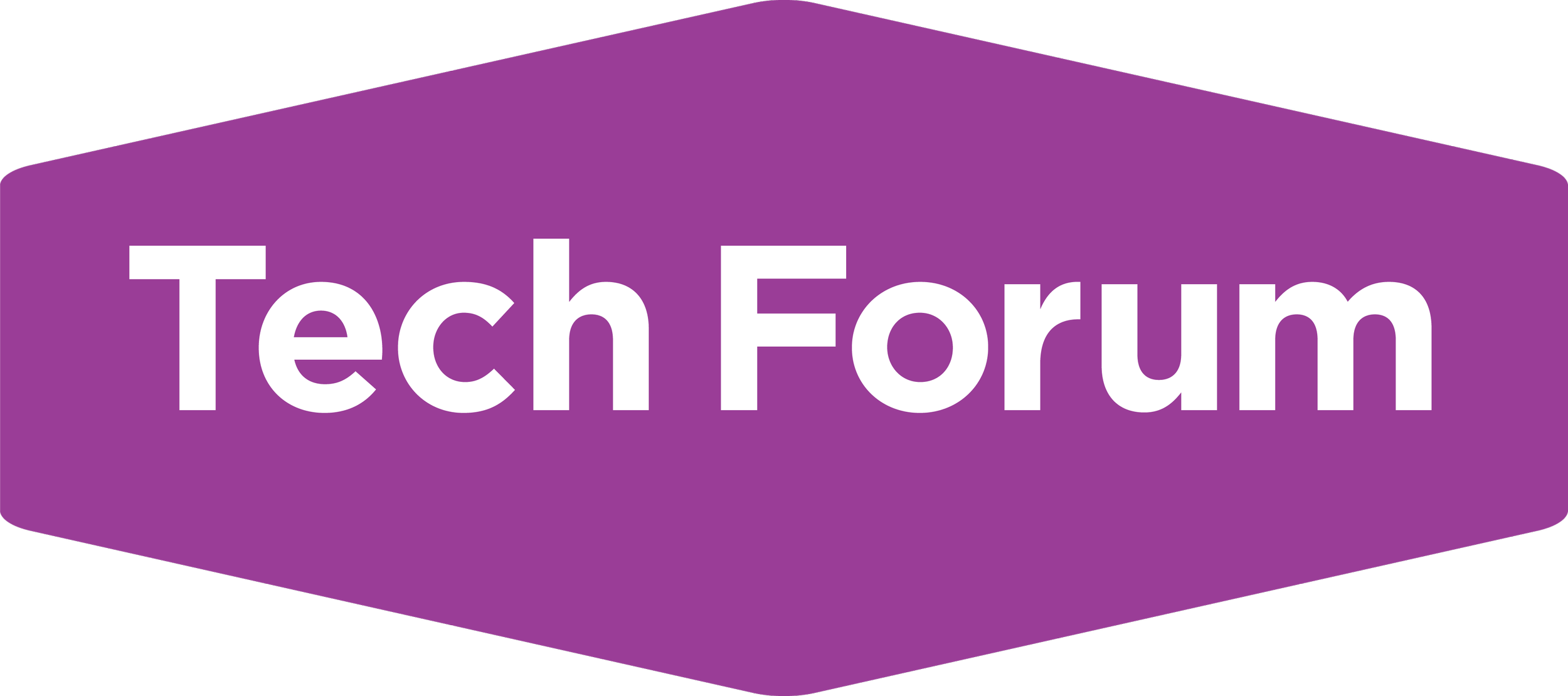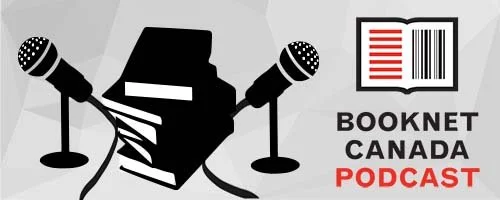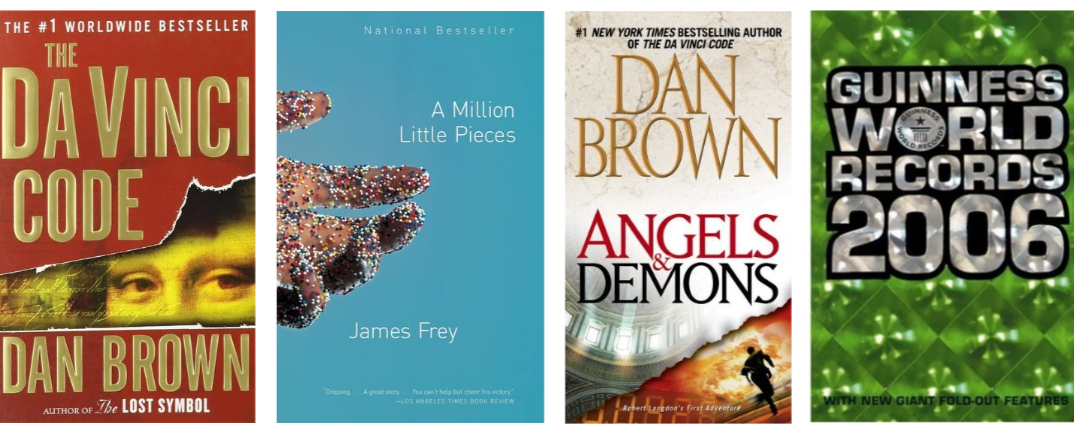Tech Forum is turning 15 this year and in the celebratory Tech Forum to-go blog series we’ve been putting past sessions back on the menu. Some of our posts have covered topics ranging from ebook accessibility to production and circulation to optimization of publishing workflows, we’ve also covered trends in the Canadian market, and sales strategies for diverse books. In today’s instalment, we’ll be revisiting the 2020 panel: Audiobook accessibility.
Audiobook accessibility
For this panel, we had the pleasure of hosting Jessica Albert from ECW; Laurie Davidson, Danny Faris, and Simon Jaeger from the National Network for Equitable Library Service (NNELS); Wendy Reid from Rakuten Kobo; and Robert Gordon from CNIB for a conversation about the issues with audiobook accessibility and what tools and new standards could help address the challenges.
Here are five takeaways from this session:
Takeaway 1 — The lack of standardization in the distribution of audiobooks has an impact on accessibility and the experience of all users, but the W3C’s audio specification can change that
At the time our panel of experts gathered, there was no standardized way to distribute audiobooks, resulting in issues around accessibility, navigation of the audiobook’s content, and overall inconsistent user experiences for everyone, not just for screen reader users or blind and visually impaired people.
As Wendy Reid explains here, the Publishing Working Group at the W3C created the audiobook specification as a way to help standardize the creation and distribution of audiobooks.
As Simon Jaeger explains here, some of the issues the specification can help resolve are:
name consistency;
the separation between the main content of the book and supplemental content; and
the ability to sync the reading and listening experience.
While a lot of these features are thought to be accessibility tools, they also benefit people outside the blind and visually impaired community. For example, the ability to map the audio content to the text content allows for an easy switch between listening to a book and reading it (when the reading system allows it) which can be very useful in educational settings.
Takeaway 2 — Some accessible formats still have limitations
One of the alternatives to solve accessibility issues for audiobooks has been using the DAISY format, but as Danny Faris says here, the conversion to this format requires human intervention which makes it more expensive, resulting in a much smaller selection of available audiobooks.
From the user perspective, audiobooks converted to the DAISY format require a compatible device which is not accessible to everyone who might benefit from it. And at least up until 2020 when our panellists discussed this topic, publishers weren't producing audiobooks in DAISY format because it was seen as something designed for a subset of the market, instead, it’s organizations like NNELS and CNIB that do the conversion of audiobooks as requested by users and supported by publishers.
That being said, as indicated here, DAISY is a great alternative when it comes to discoverability, navigation, and continuous play.
Takeaway 3 — Publishers can take steps to create “more accessible” audiobooks
While it’s true that creating accessible audiobooks is hands-on and requires people that know the content and the technicalities around accessibility and the programs used, small publishing companies are leading by example. As Jessica Albert shares here, ECW, for example, aims to create audiobooks that are mindful of the features DAISY talking books offer which allows for a seamless and faster conversion. Some of the features of their audiobooks are skippable chapters, the inclusion of descriptions of images that appear in the print book, footnotes, and bibliographies.
Takeaway 4 — Creating “more accessible” audiobooks helps organizations like CNIB and NNELS convert audiobooks to fully accessible formats in a much faster and more effective way
Organizations like CNIB and NNELS actively work to remove barriers that prevent access to media because of a lack of accessibility features.
Robert Gordon speaks about CNIB’s audiobook production method and their work with volunteers. He emphasizes how important it is to include all the elements of the print book in the audiobook version. When creating audiobooks from scratch they guide their processes around the DAISY format.
He also describes the process of turning standard audiobooks into accessible audiobooks when working with audiobook files provided by publishers, which includes the use of a tool created by CNIB called Buildbot. He goes into detail about what Buildbot does here.
In this section of the discussion, Danny Faris gives a brief overview of the NNELS Automated Converter and how it helps NNELS turn standard audiobooks into more accessible audiobooks adding DAISY 2.02 navigation, metadata, and improving aspects such as chapter names, navigation, and more.
Takeaway 5 — Adoption of the audiobook specification by the supply chain is key to improving the quality of and access to audiobooks
As Robert says here, adoption by the supply chain as well as technical, economic, and political aspects will ultimately determine how successful the efforts to standardize audiobook production and distribution are. Adoption by mainstream distributors and publishers will greatly increase the chances of having this new standard become the default.
Wendy expands on this and says that the more publishers are asked for the format, the more distributors offer it as an option, and the more retailers ask for it or accept it, the easier it’s going to get.














Top Canadian Jr. picks for January 2026.